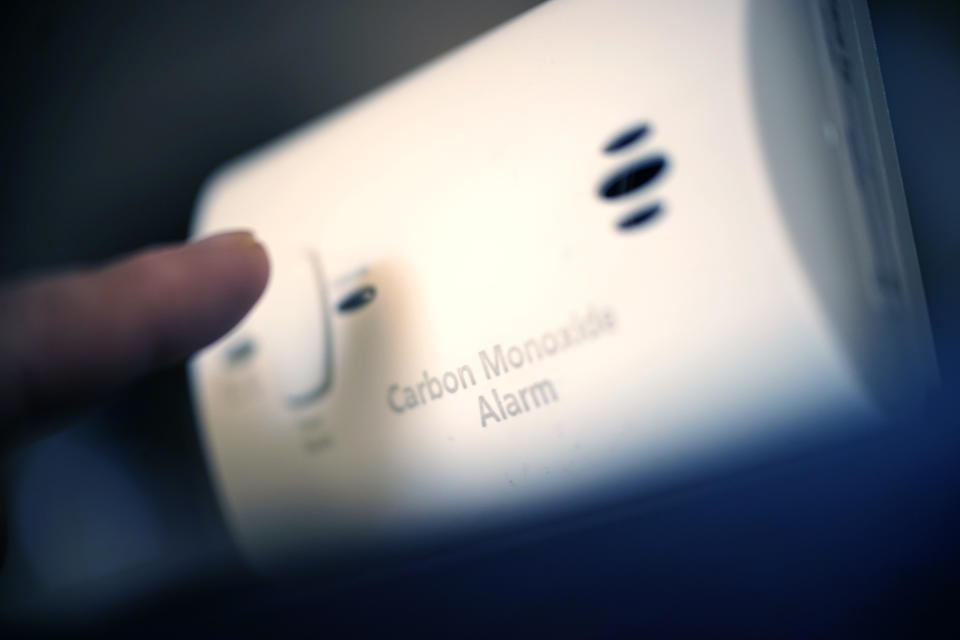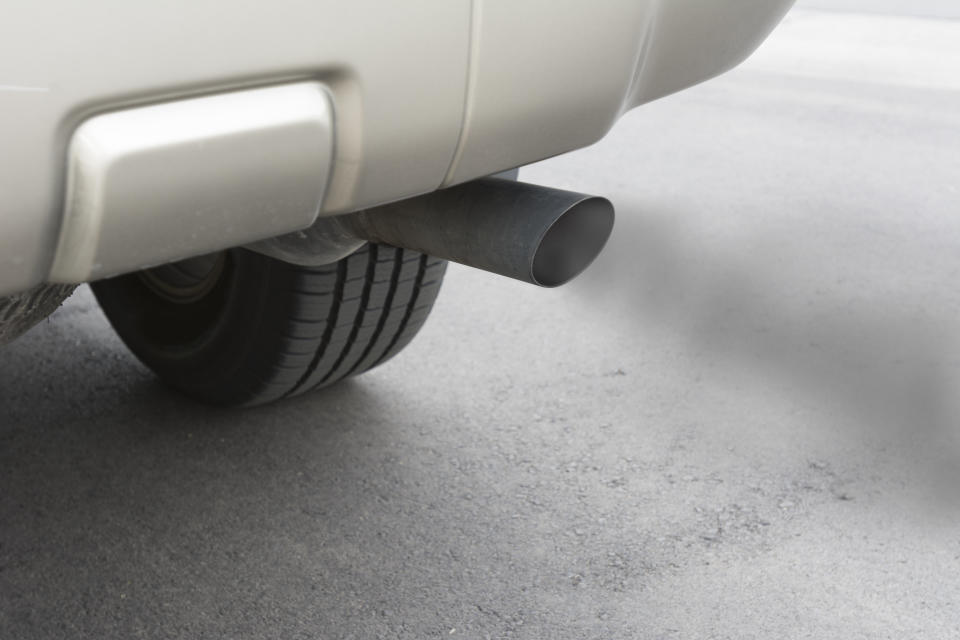Everything you need to know about preventing carbon monoxide poisoning
A spike in carbon monoxide poisons has raised flags with British Columbia health officials and put Canadians on high alert.

Dr. Bruce Campana, a physician at Vancouver General Hospital (VGH) described this past week as “insane” after 17 cases of carbon monoxide poisoning were reported.
According to B.C. Emergency Health Services, 13 people from a Vancouver office were taken to hospital with carbon monoxide poisoning.
ALSO SEE: An ‘insane’ week: B.C. experiences rash of carbon monoxide poisonings
“If they had stayed there they would have gotten very sick,” Campana told reporters. “They would have started having seizures and would have died… Fortunately they have detectors – which for some reason went off later than I would have thought – and they were able to remove the people before too much damage was done.”
Carbon monoxide is a colourless, odourless, tasteless gas produced by burning fuel such as gasoline, propane, oil, coal and natural gas.

The greatest risk of carbon monoxide poisoning occurs during the winter when furnaces, wood stoves, water heaters and other appliances are in frequent use.
Poisoning occurs when carbon monoxide builds in the bloodstream, replacing oxygen in red blood cells with carbon monoxide that cause serious tissue damage as well as death.
Signs & symptoms of carbon monoxide poisoning
According to Health Canada, carbon monoxide can cause flu-like symptoms like tiredness, headaches, shortness of breath and impaired motor function. Carbon monoxide poisoning can also be distinguished by pink, reddish or “cherry” coloured skin. Called a “silent killer,” carbon monoxide poisoning can cause death within minutes.
Carbon monoxide exposure is particularly dangerous for pregnant women, children, the elderly and people with chronic heart disease.
How to treat carbon monoxide poisoning
Timing is crucial for carbon monoxide poisoning. Fresh air or oxygen supplied through an oxygen tank or hyperbaric oxygen chamber is integral to combating the effects of carbon monoxide exposure which can help protect brain and heart tissue.

Preventing carbon monoxide poisoning
In order to protect yourself from carbon monoxide poisoning, it’s important to have your gas, oil, or coal-burning appliance serviced annually by a certified technician.
Avoid running your vehicle in an inclosed space such as your garage, and do not use your fireplace or stove unless properly ventilated.
ALSO SEE: Seattle woman dies from brain-eating amoebas after using nonsterile water in neti pot
Installing battery-operated carbon monoxide generators in your home can be the difference between life and death. Ensure that your batteries are replaced every spring and fall.
If you suspect you might have carbon monoxide poisoning or your carbon monoxide detector alarm should go off, leave your home immediately and call the authorities.
Let us know what you think by commenting below and tweeting @YahooStyleCA!
Follow us on Twitter and Instagram.
Check out Yahoo Canada’s podcast, Make It Reign — our hot takes on all things royals in a non-stuffy way — on Apple Podcasts and Google Podcasts.



